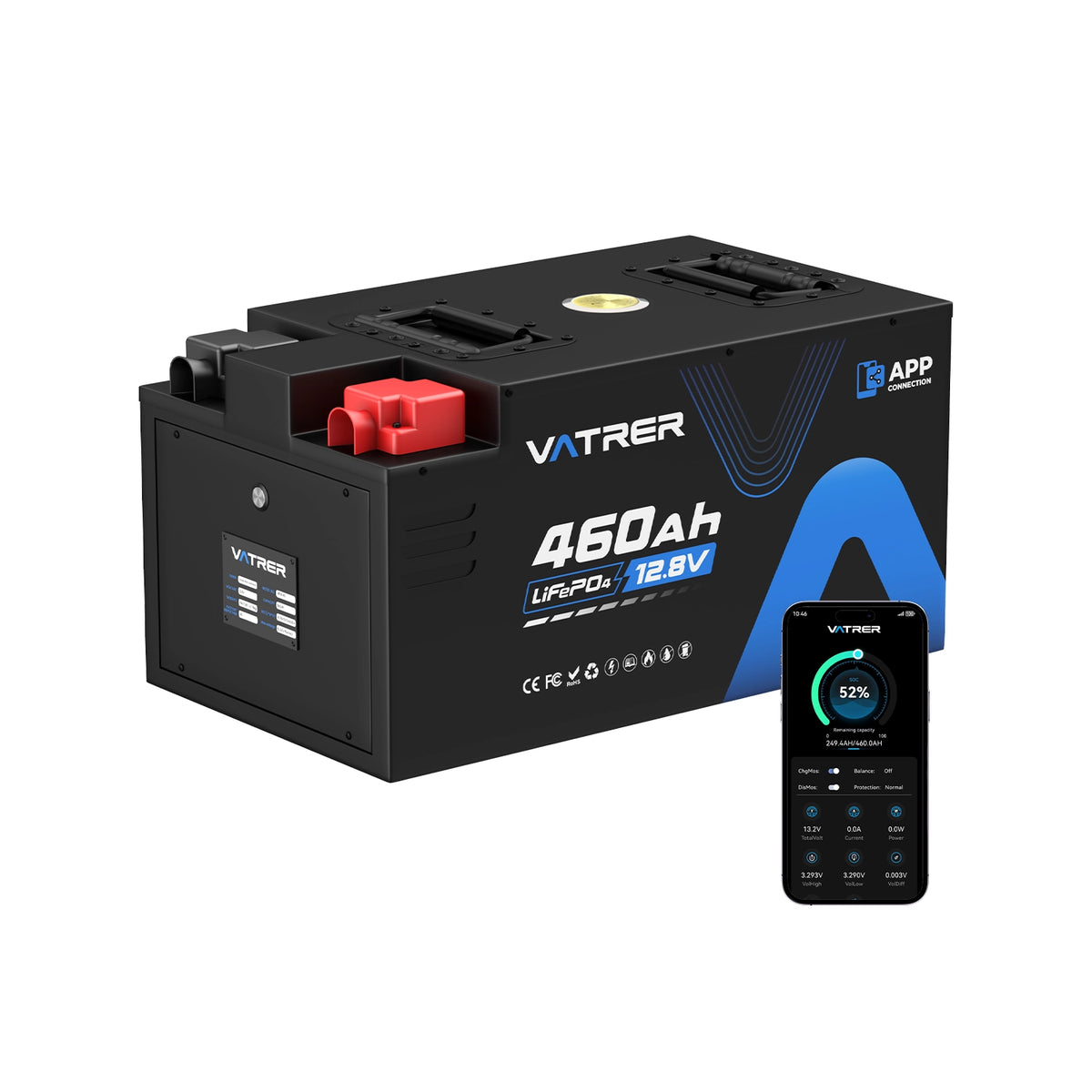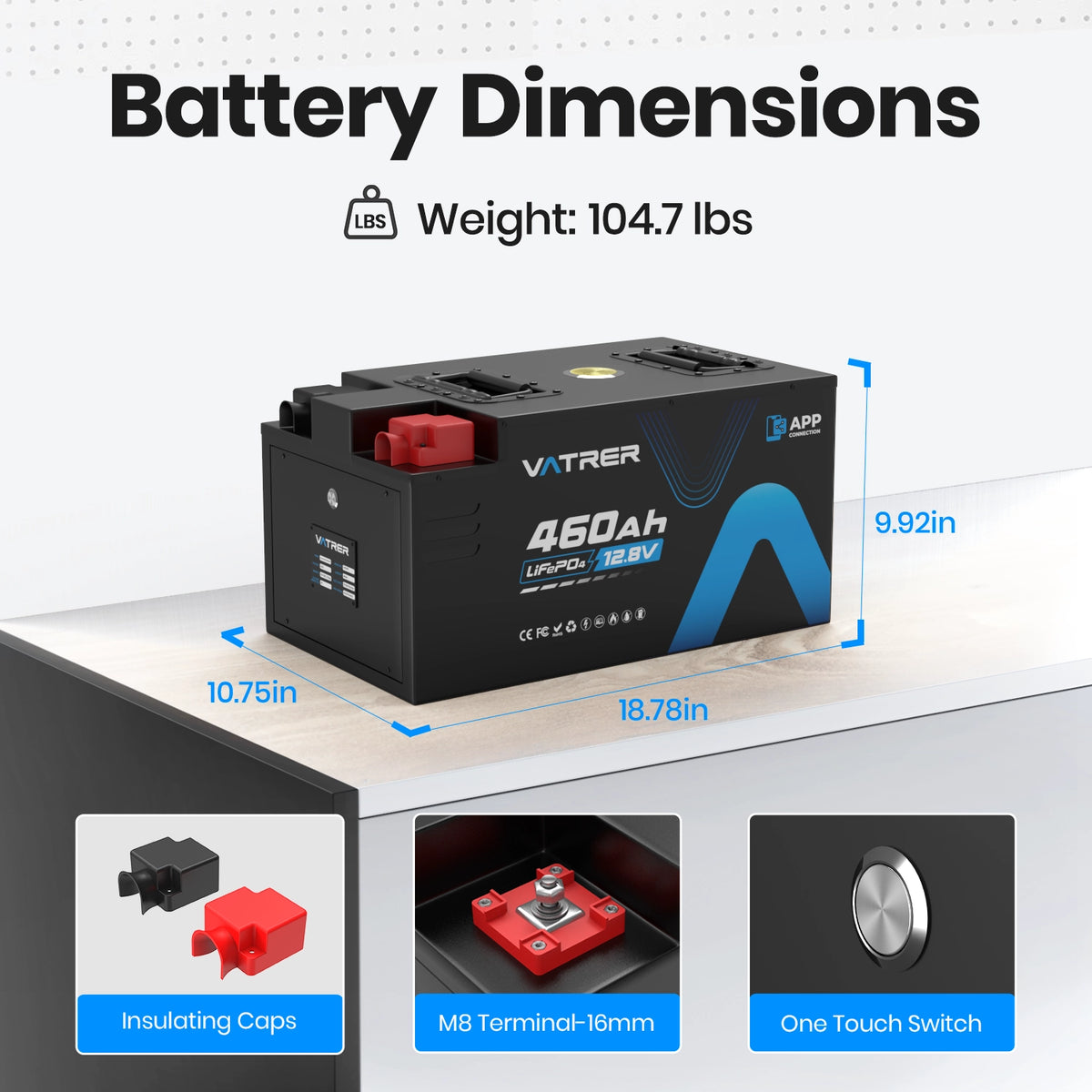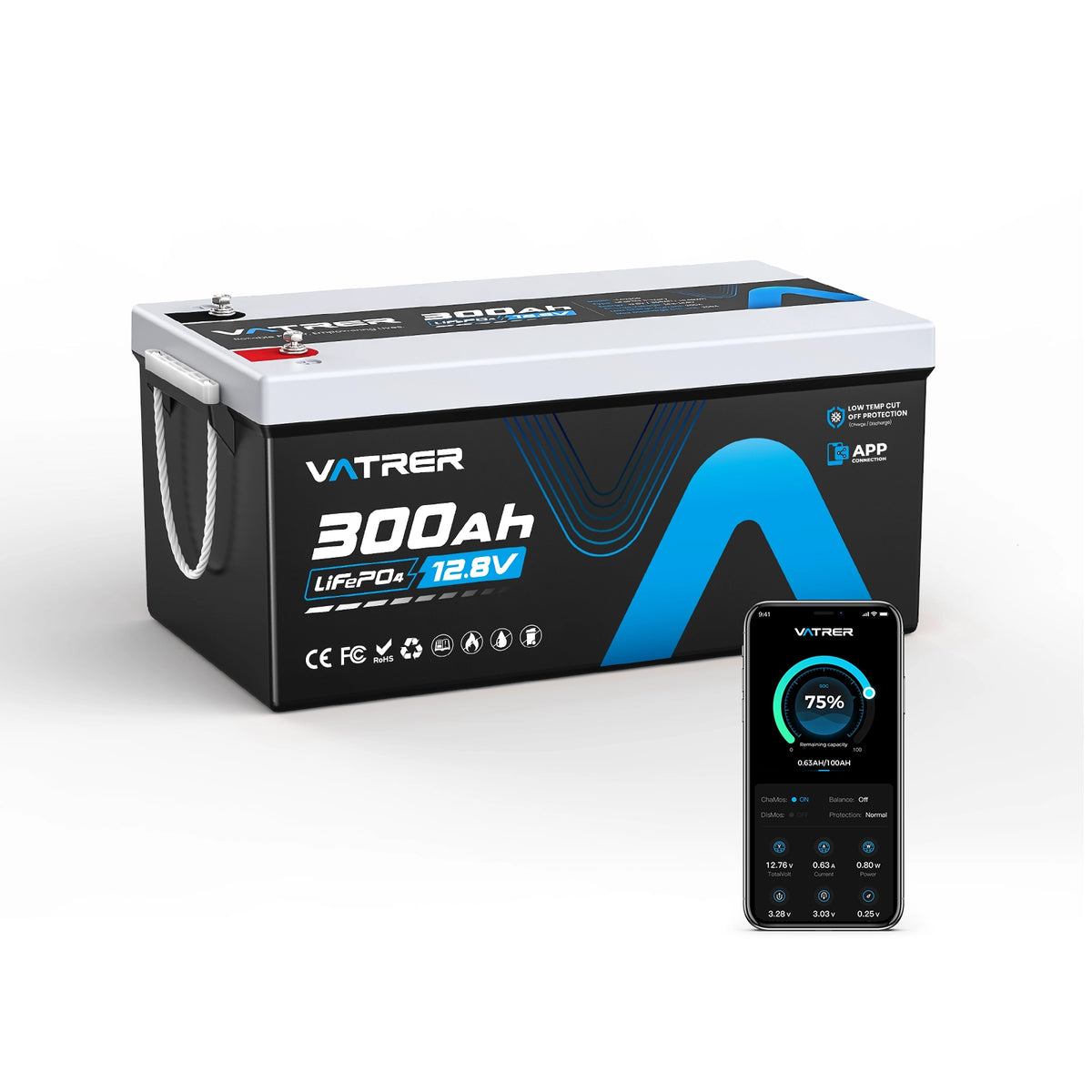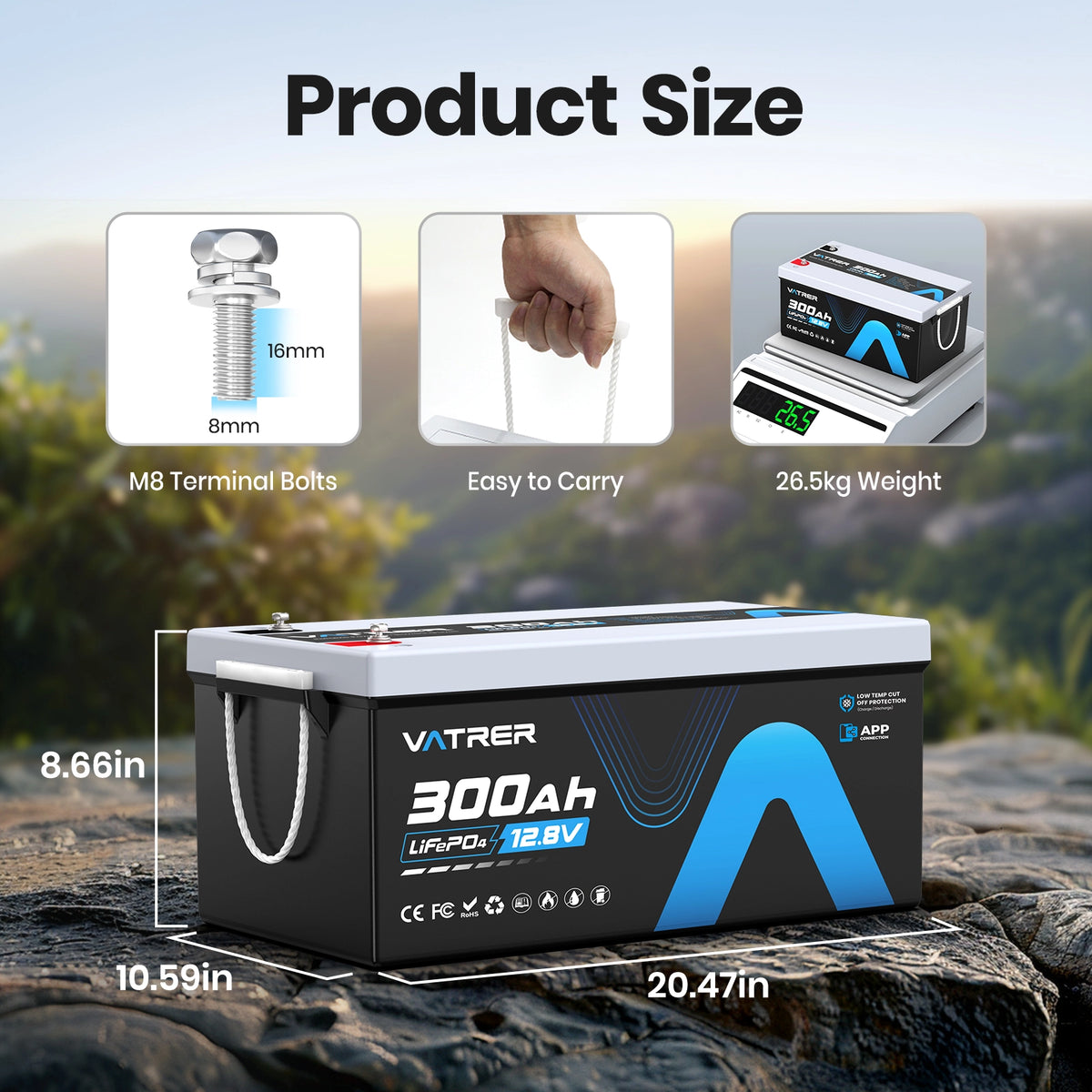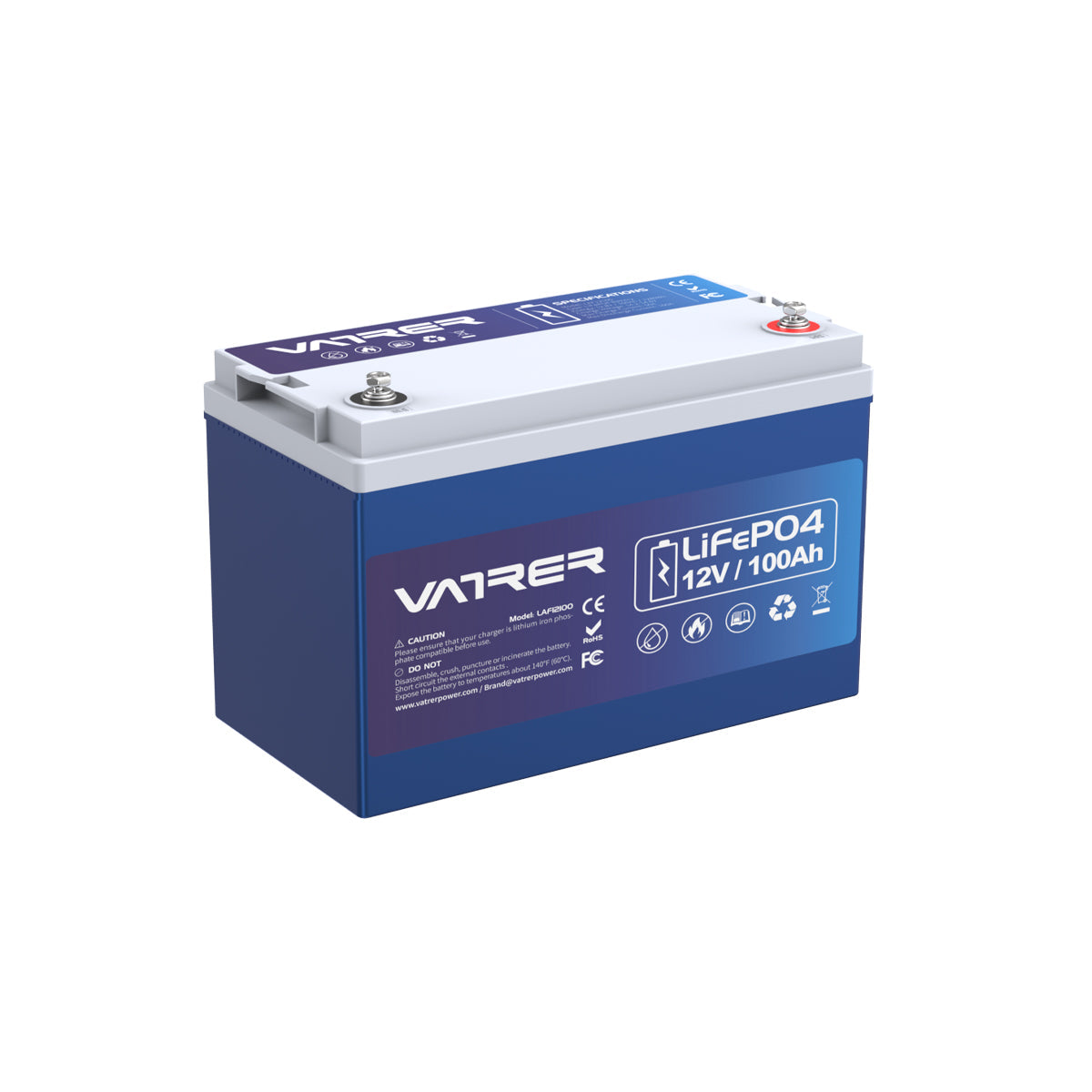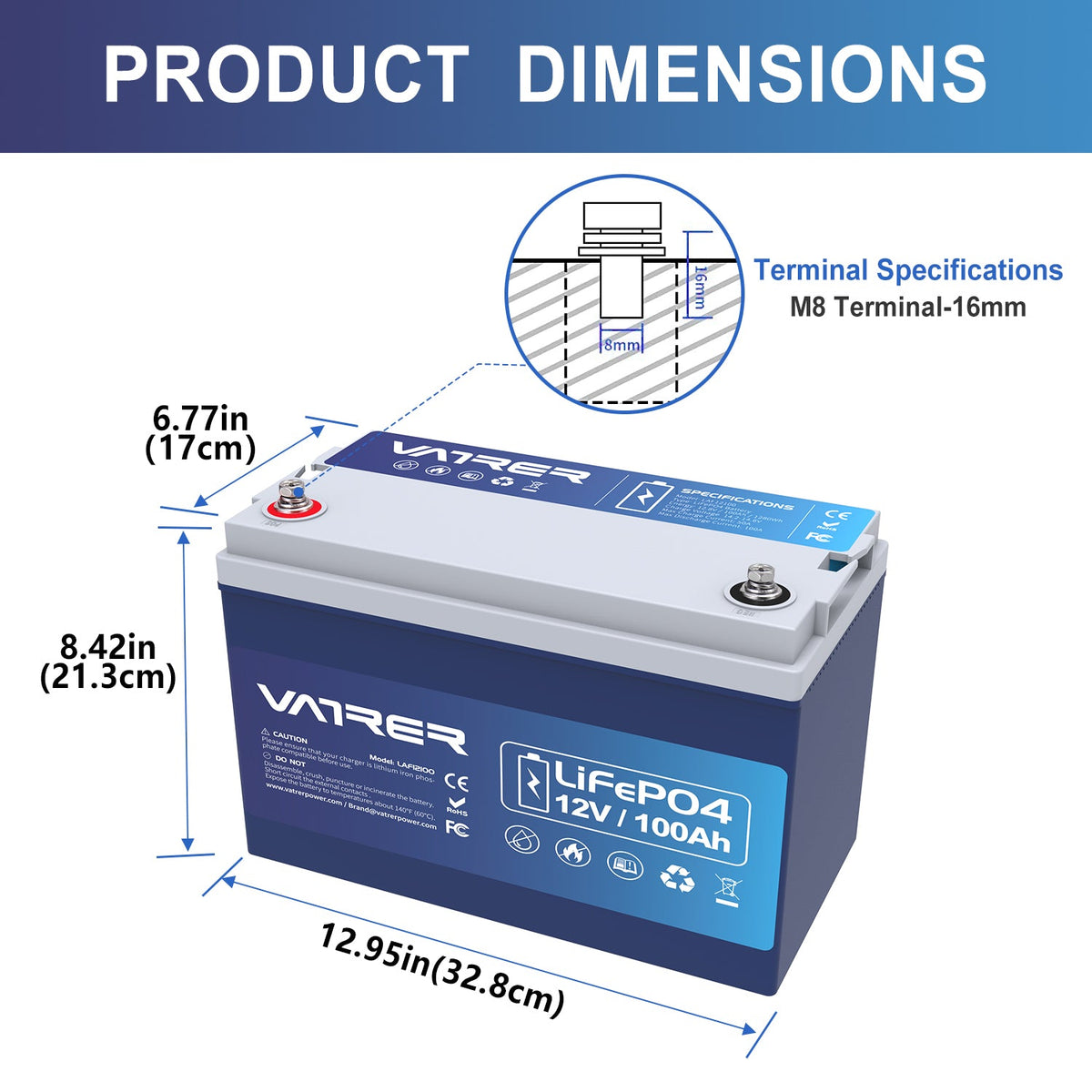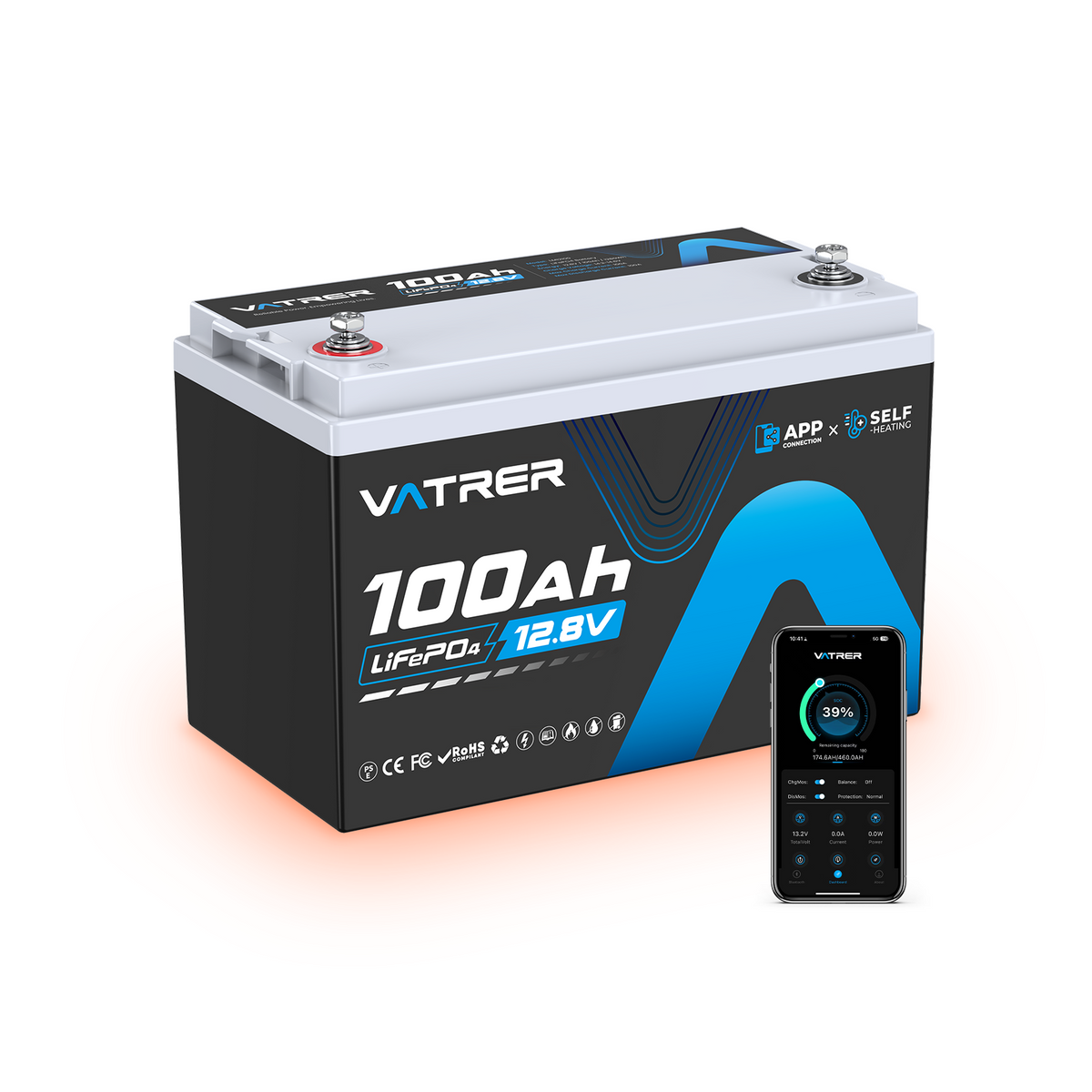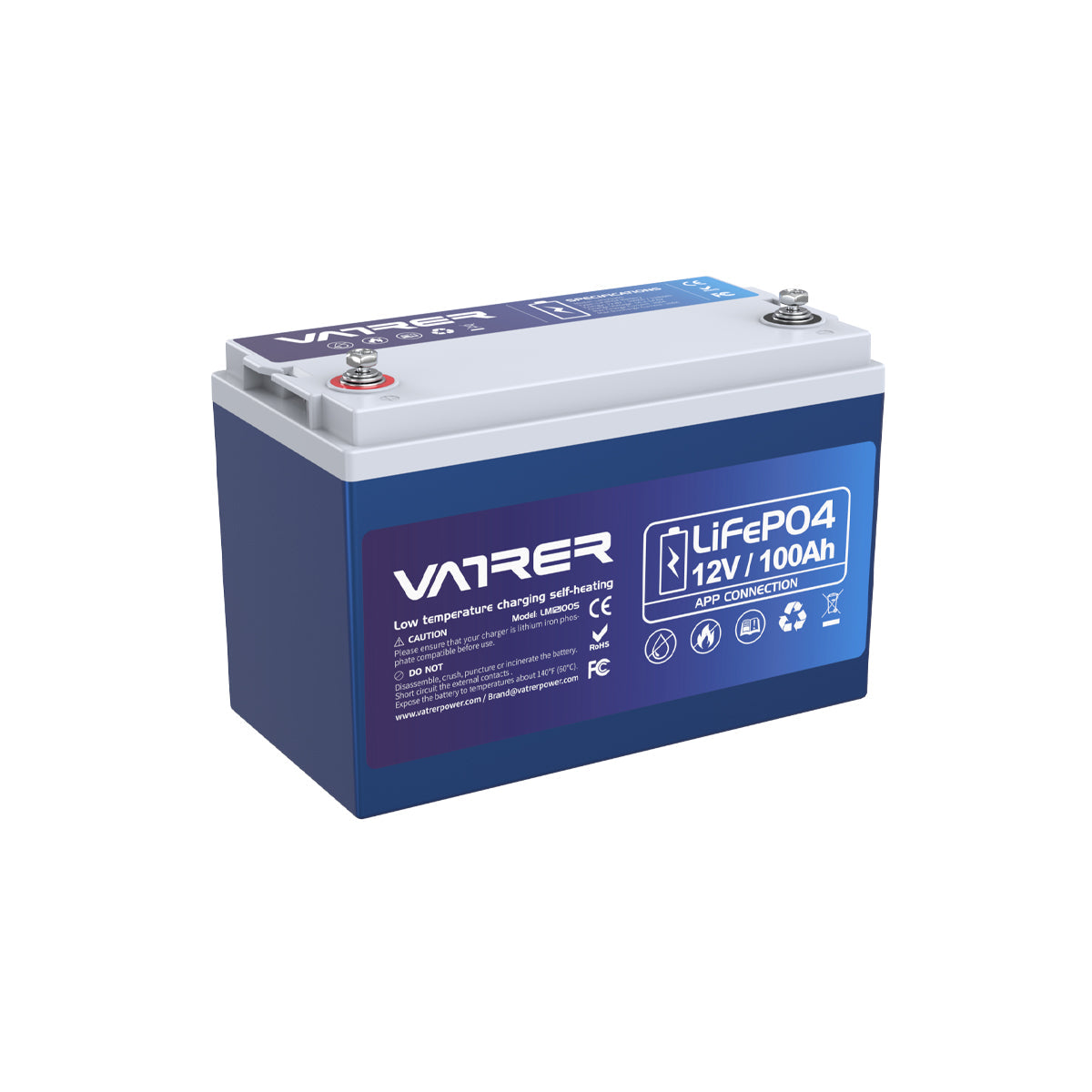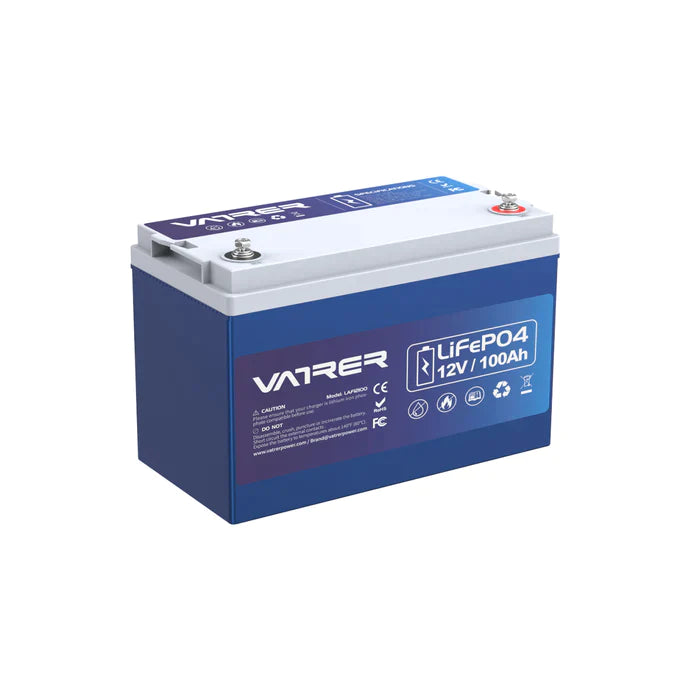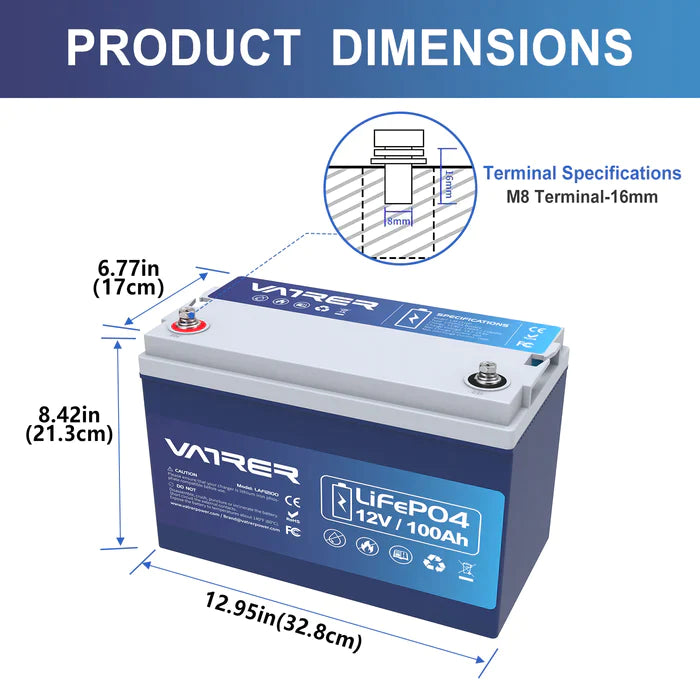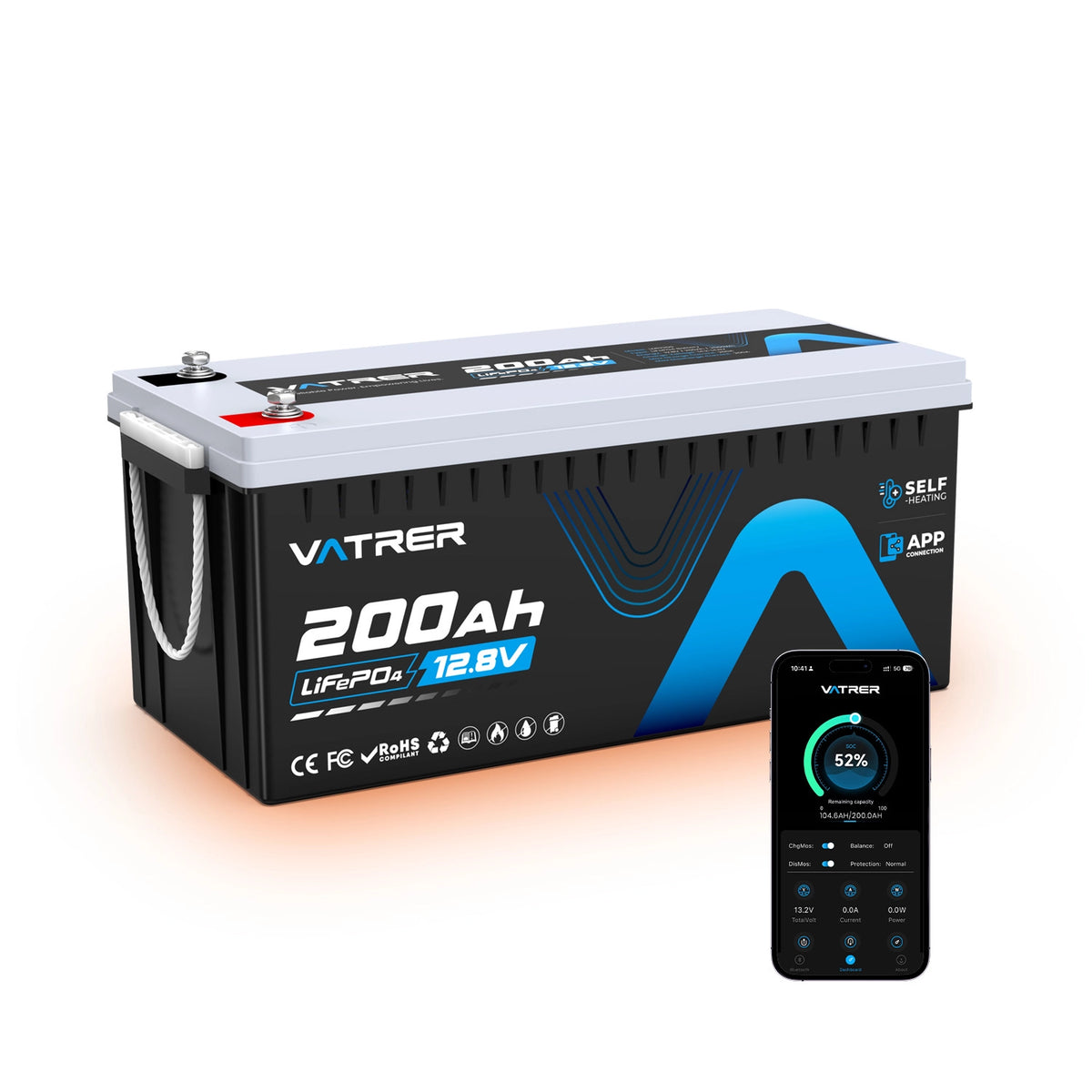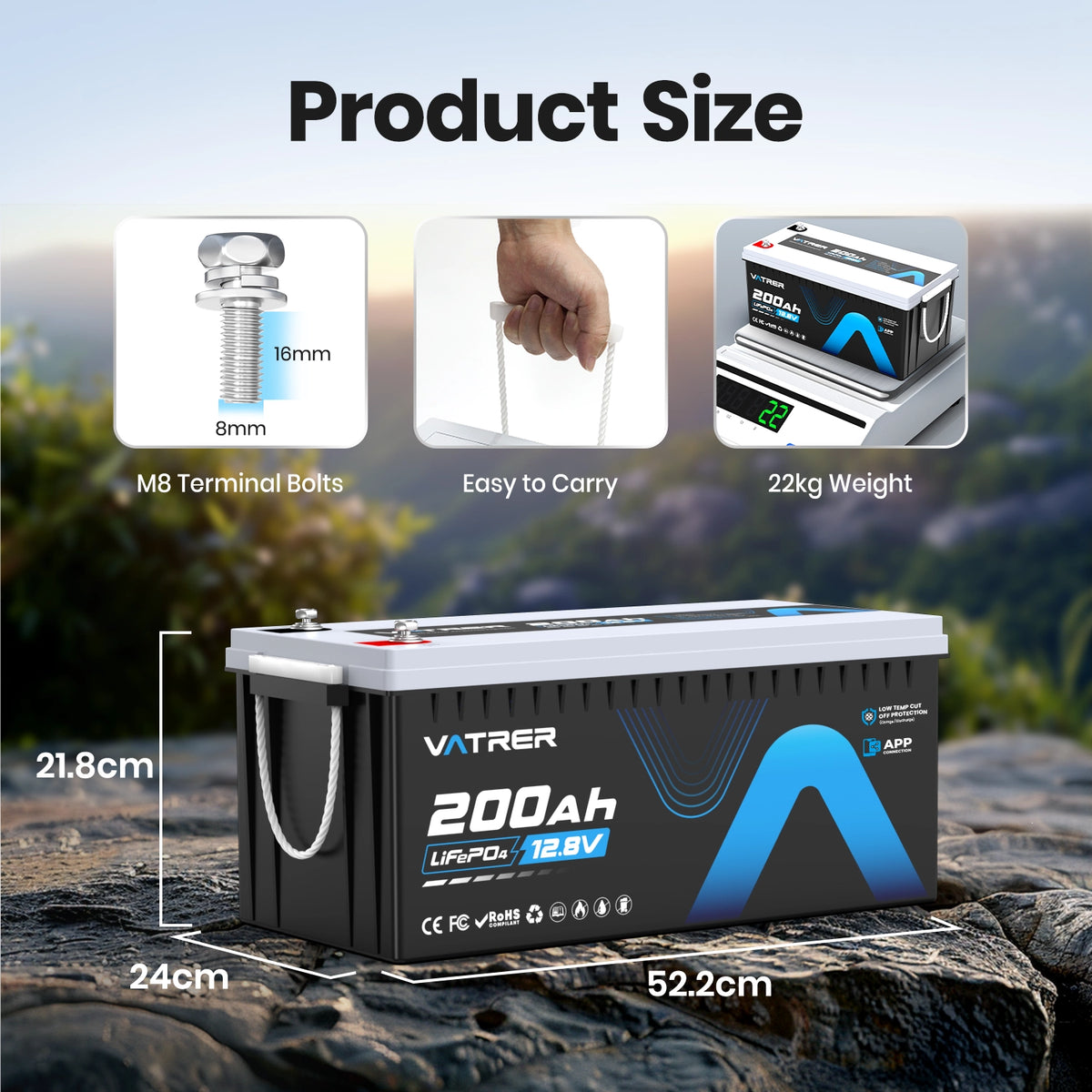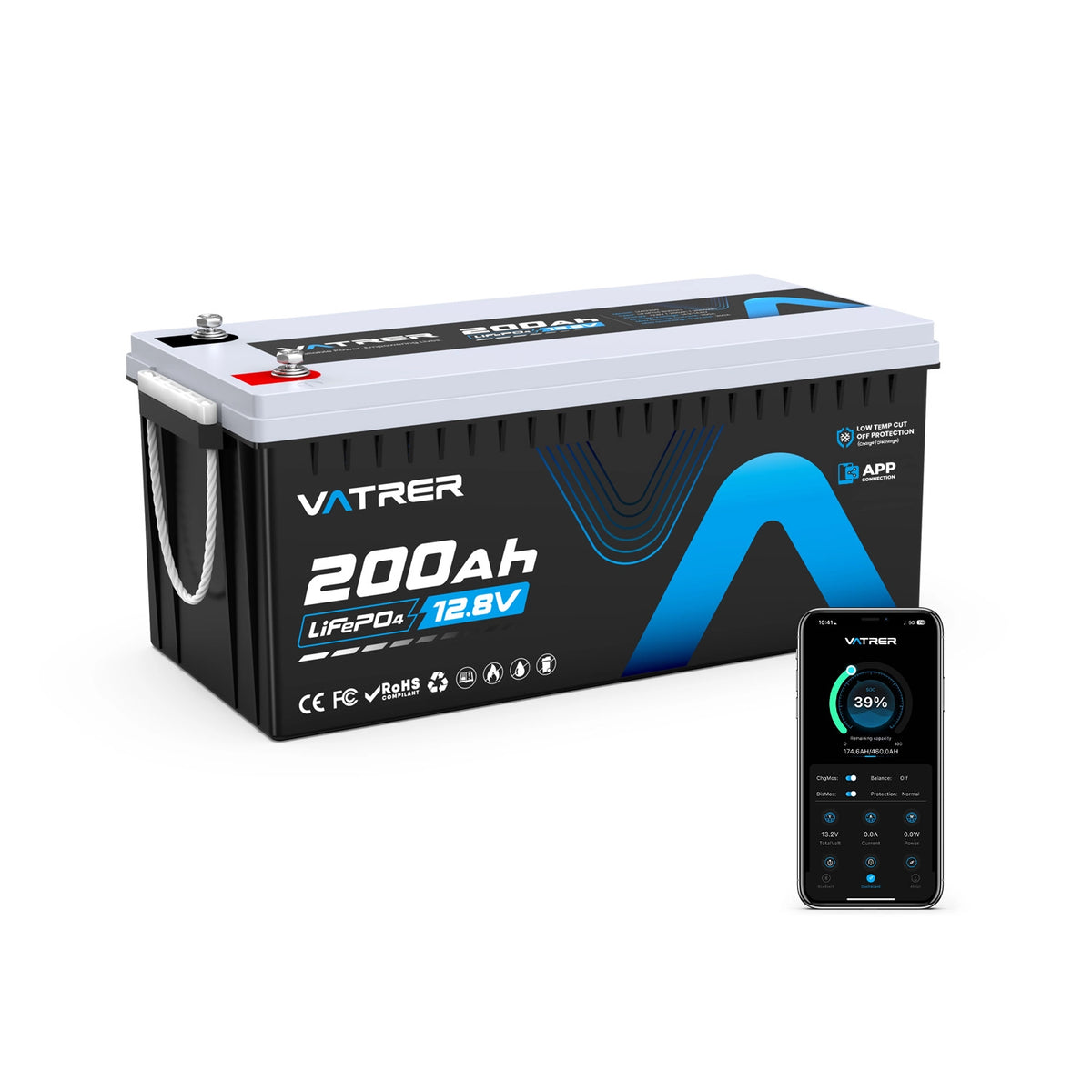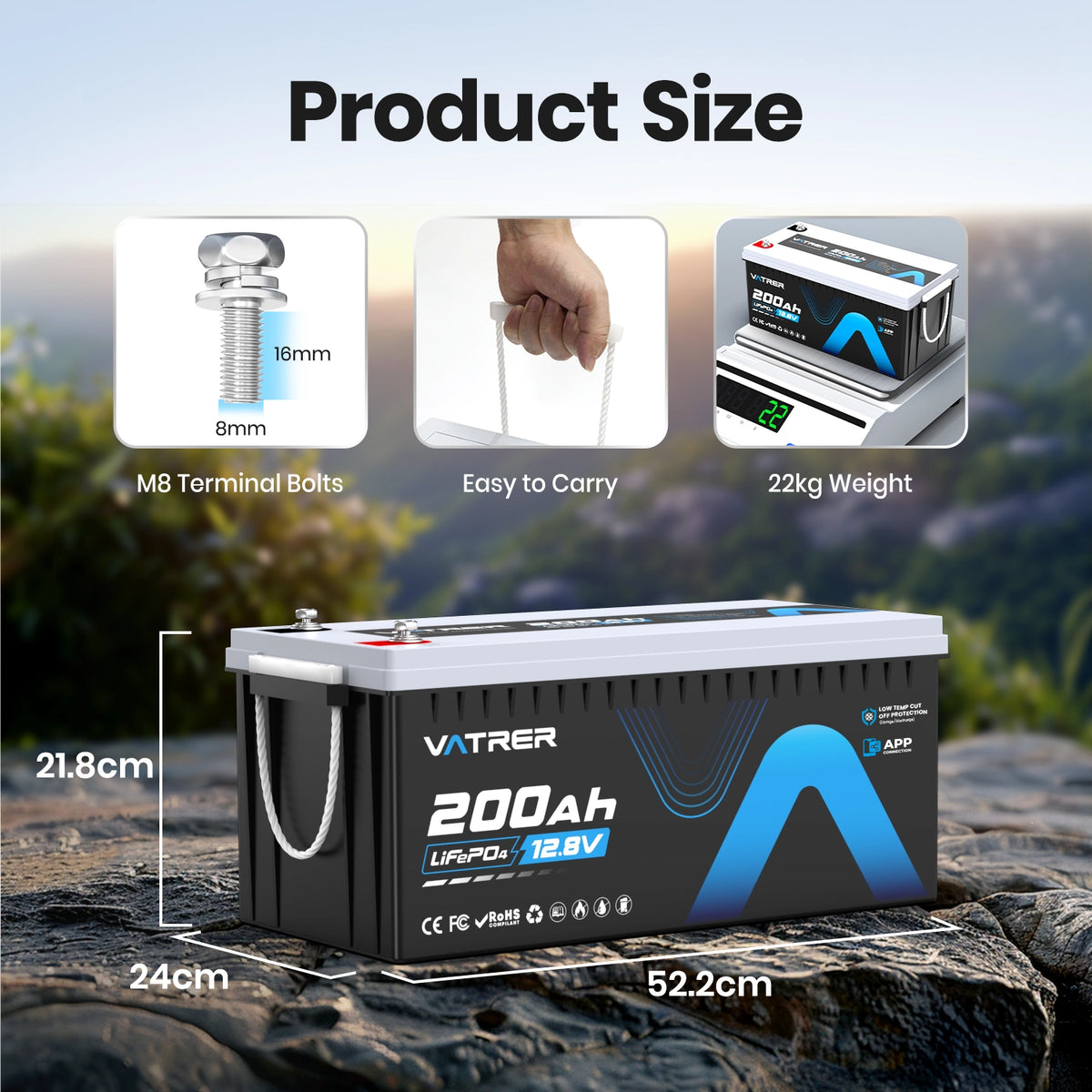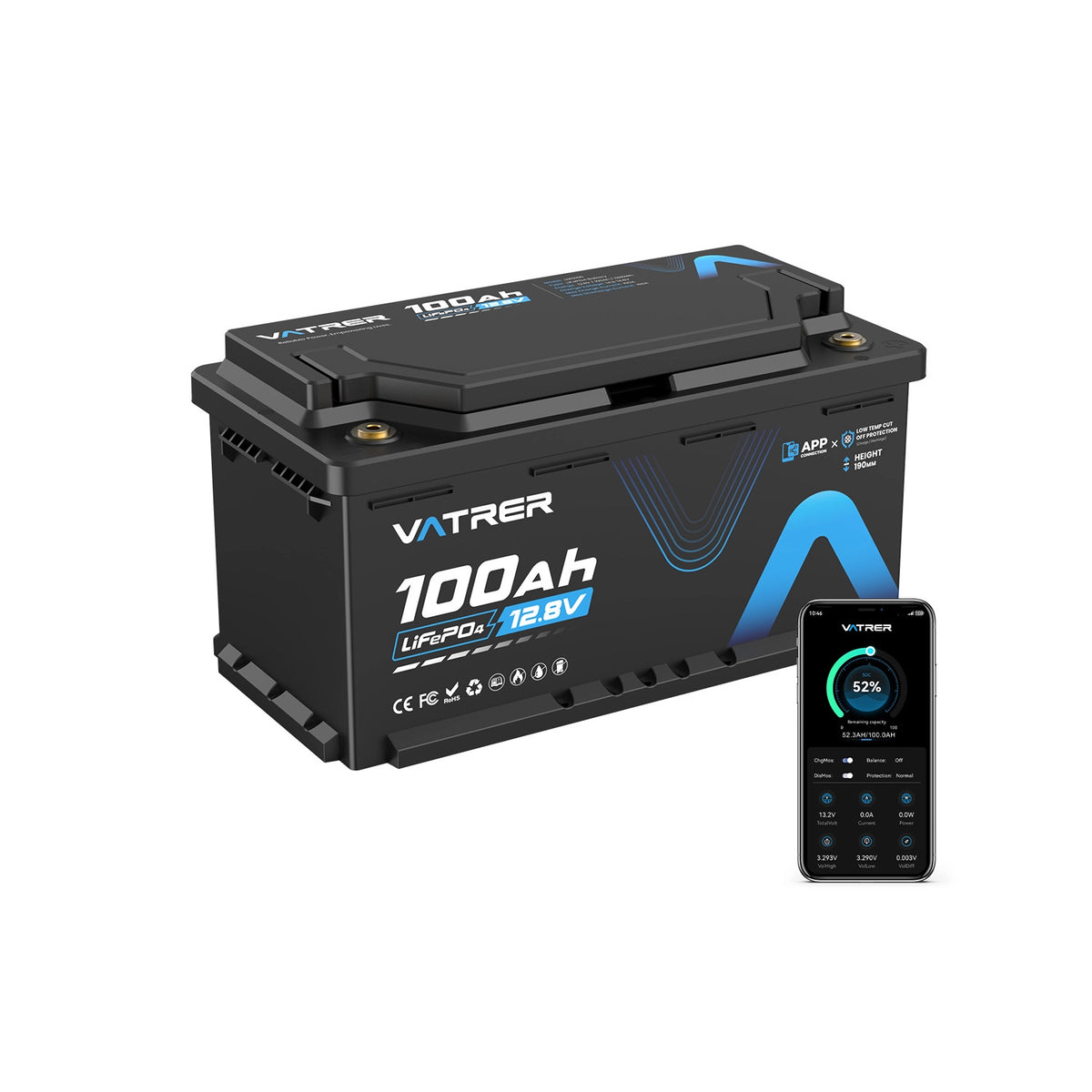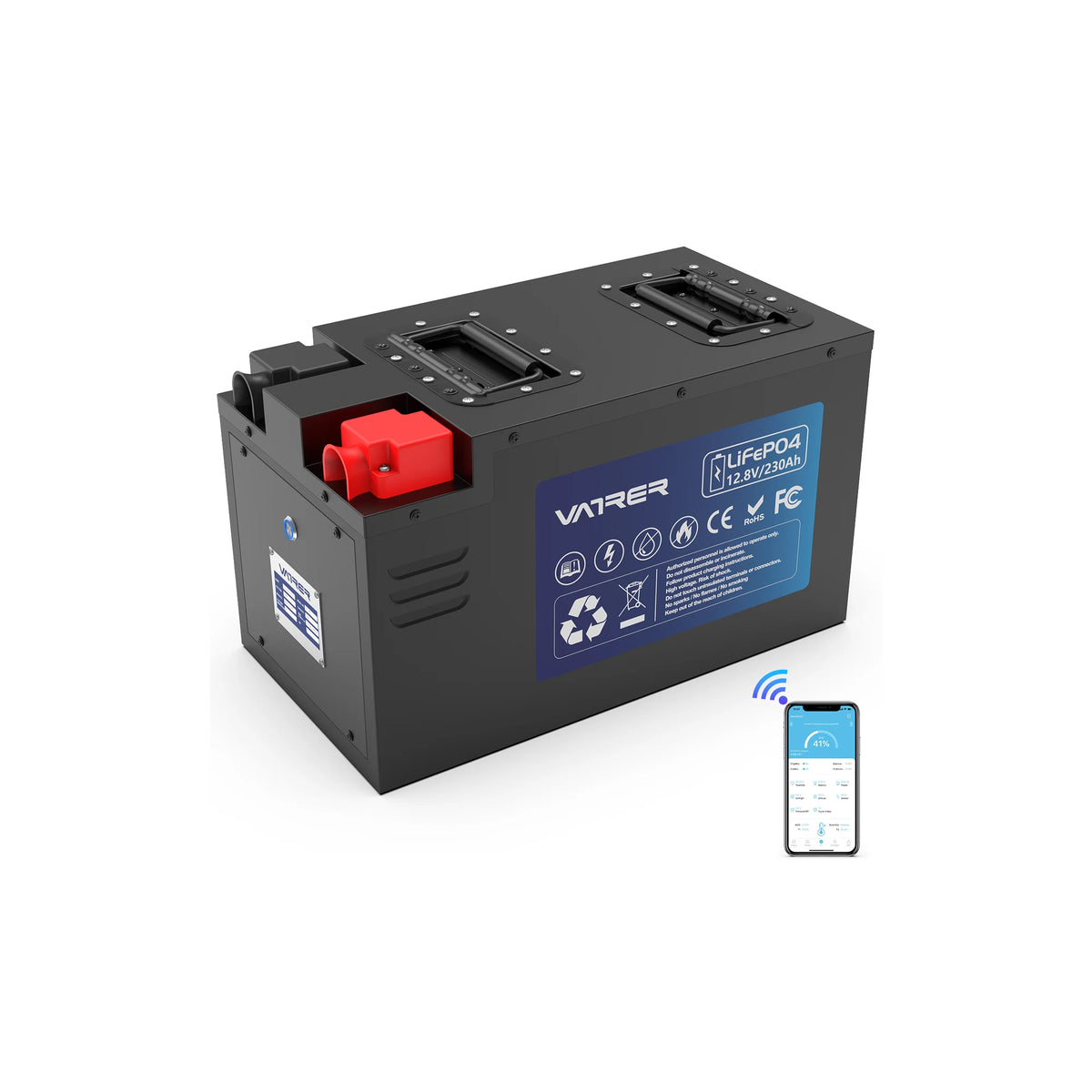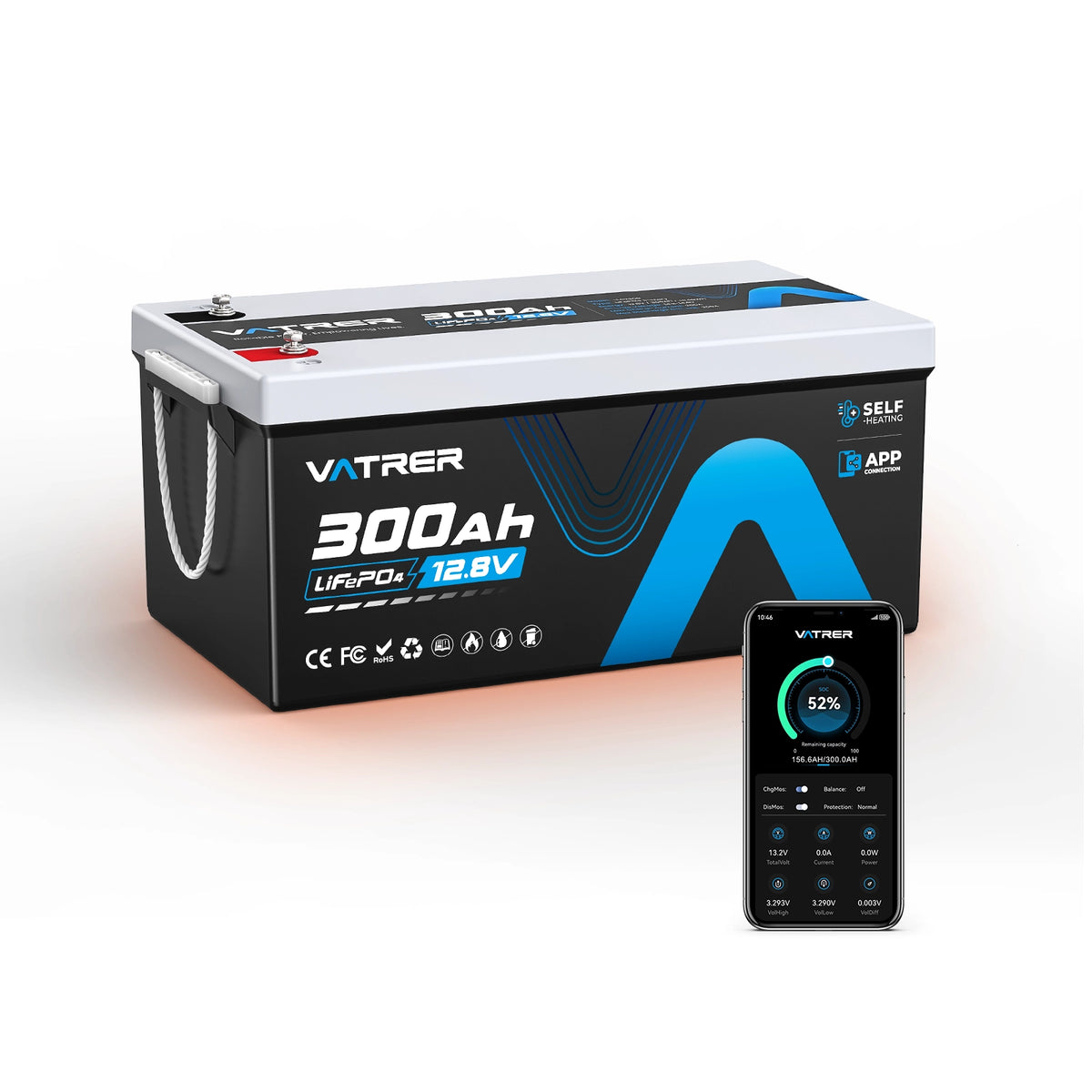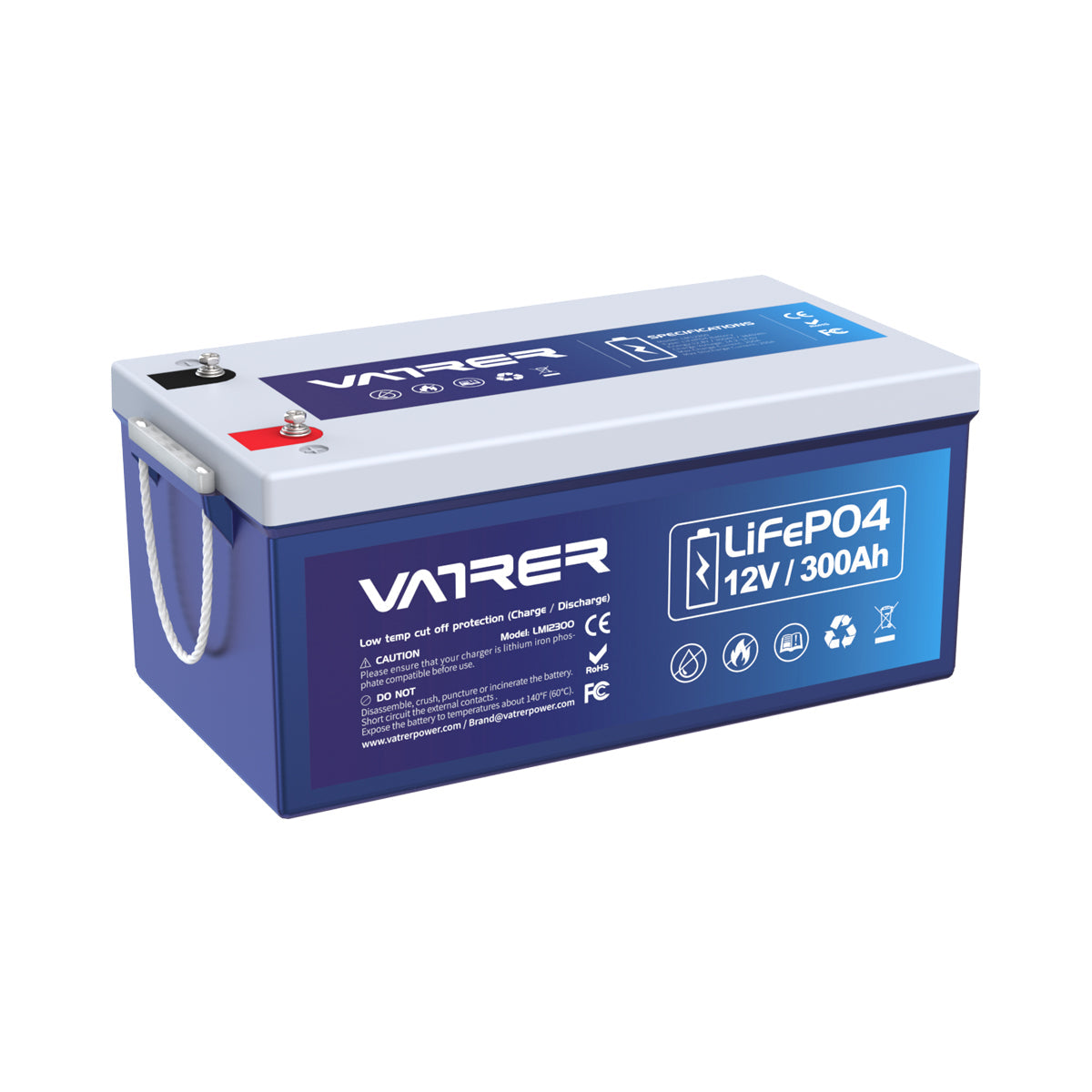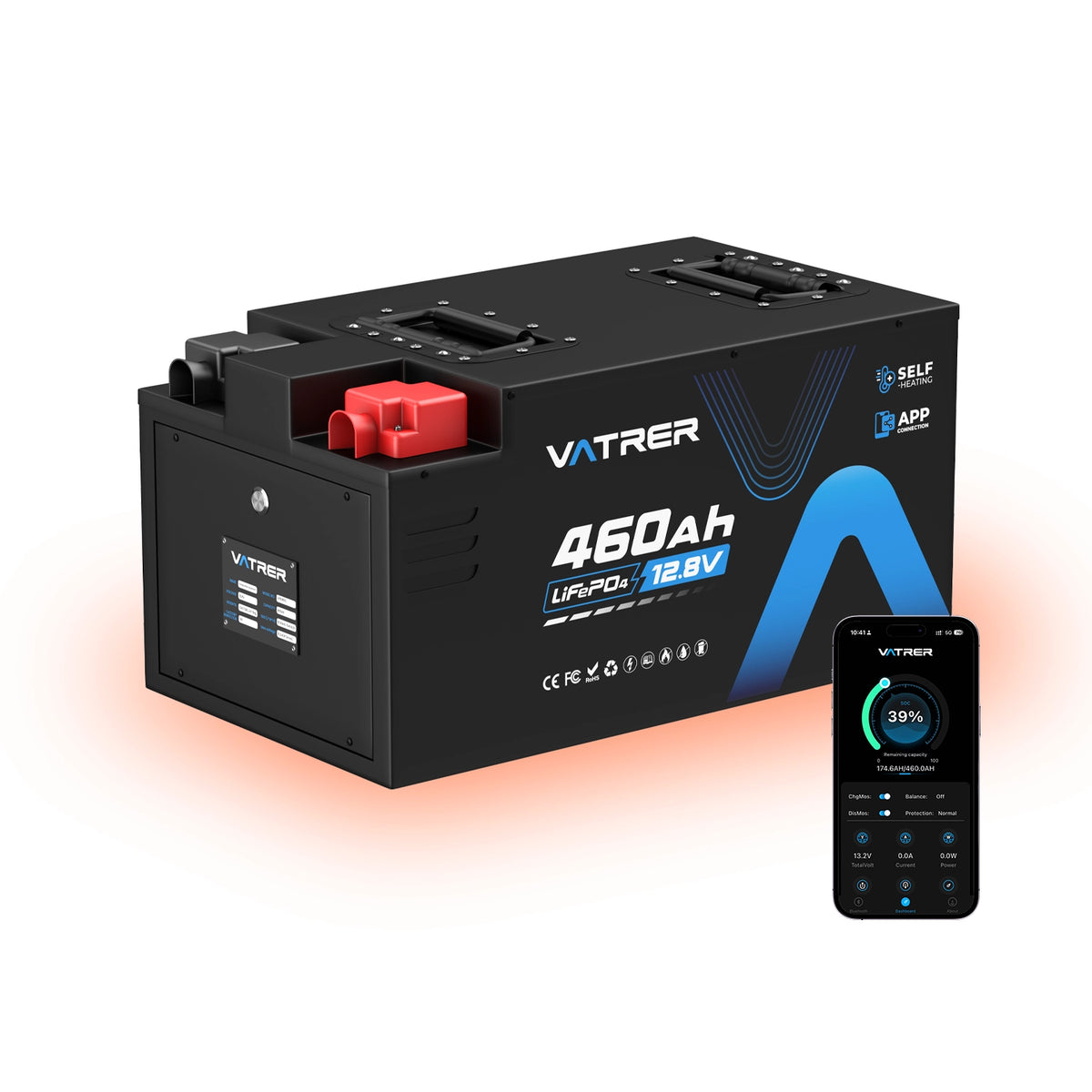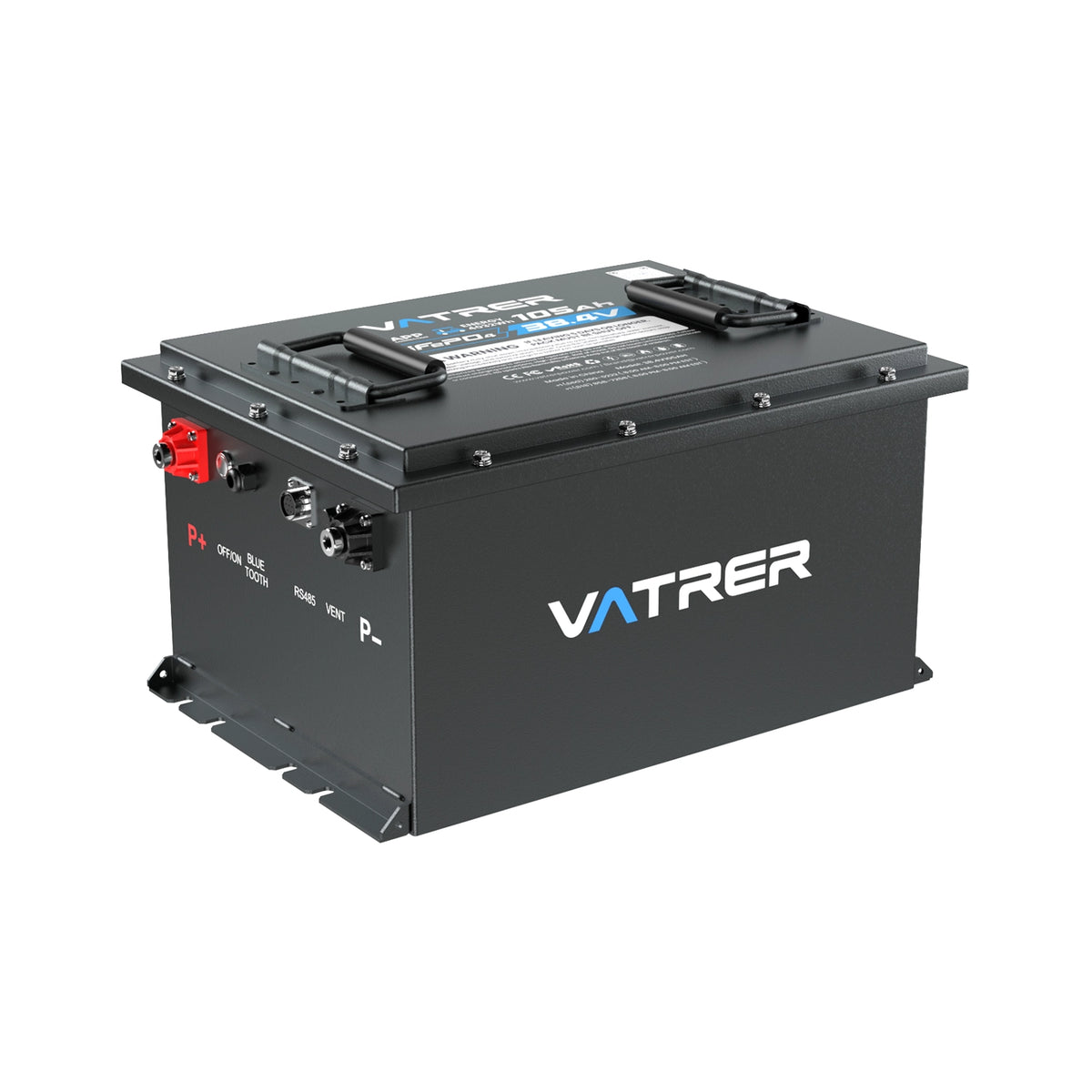When it comes to maintaining a golf cart, one of the critical components that require attention is the battery. Lead-acid batteries, commonly used in golf carts, are known for their reliability and cost-effectiveness. However, understanding their lifespan and how to maximize it can save golf cart owners time and money. In this blog post, we will explore how long lead-acid batteries last in golf carts and provide tips on extending their life.
Understanding Lead-Acid Batteries
Lead-acid batteries have been a staple in automotive applications, including golf carts, for decades. These batteries operate by converting chemical energy into electrical energy through a reaction between lead plates and sulfuric acid. This type of battery is preferred for golf carts due to its ability to provide a steady current over a prolonged period and its robustness in various weather conditions.

Typical Lifespan of Lead-Acid Batteries
The lifespan of lead-acid batteries in golf carts can vary significantly based on several factors. Typically, a well-maintained lead-acid battery can last between 4 to 6 years. However, this lifespan can be shorter or longer depending on factors such as usage patterns, maintenance routine, and environmental conditions.
Factors Affecting Battery Life
-
Usage: The more frequently a golf cart is used, the faster the battery will degrade. Frequent discharging and charging cycles can strain the battery, reducing its overall lifespan.
-
Maintenance: Proper maintenance is crucial for extending the life of a lead-acid battery. This includes regular checking and topping up of the electrolyte levels, ensuring the battery is charged correctly, and keeping the terminals clean and free from corrosion.
-
Charging Practices: It's essential to charge the battery fully after each use. Undercharging can lead to sulfation, which can severely affect the battery's performance and longevity. Overcharging, on the other hand, can cause excessive wear and overheating.
-
Environmental Conditions: Extreme temperatures can also impact battery life. High temperatures can accelerate the chemical processes inside the battery, leading to quicker degradation. Conversely, cold temperatures can reduce the battery’s efficiency and charge capacity.
Tips to Extend the Life of Your Lead-Acid Battery
-
Regular Maintenance: Check the battery’s water level regularly and refill with distilled water when necessary. Avoid using tap water as it can introduce minerals that harm the battery cells.
-
Proper Charging: Use a high-quality charger and follow the manufacturer’s guidelines for charging cycles. Avoid leaving the battery in a discharged state for an extended period.
-
Storage: If the golf cart is not in use for prolonged periods, store the battery in a cool, dry place and maintain a slight charge to keep it from going into a deep discharge state.
-
Cleanliness: Keep the battery terminals clean and tight. This prevents power loss and corrosion, which can affect the battery’s functionality.
-
Regular Testing: Periodically test the battery’s voltage and specific gravity of the electrolytes. This can help detect potential issues before they lead to significant damage.
Conclusion
While the typical lifespan of lead-acid batteries in golf carts is around 4 to 6 years, adhering to a strict maintenance and care regimen can extend this significantly. Understanding the factors that affect battery life and taking proactive steps to mitigate them will ensure that your golf cart remains ready for the greens for years to come. Remember, the key to longevity in lead-acid batteries lies in regular care and proper management of charging cycles.







